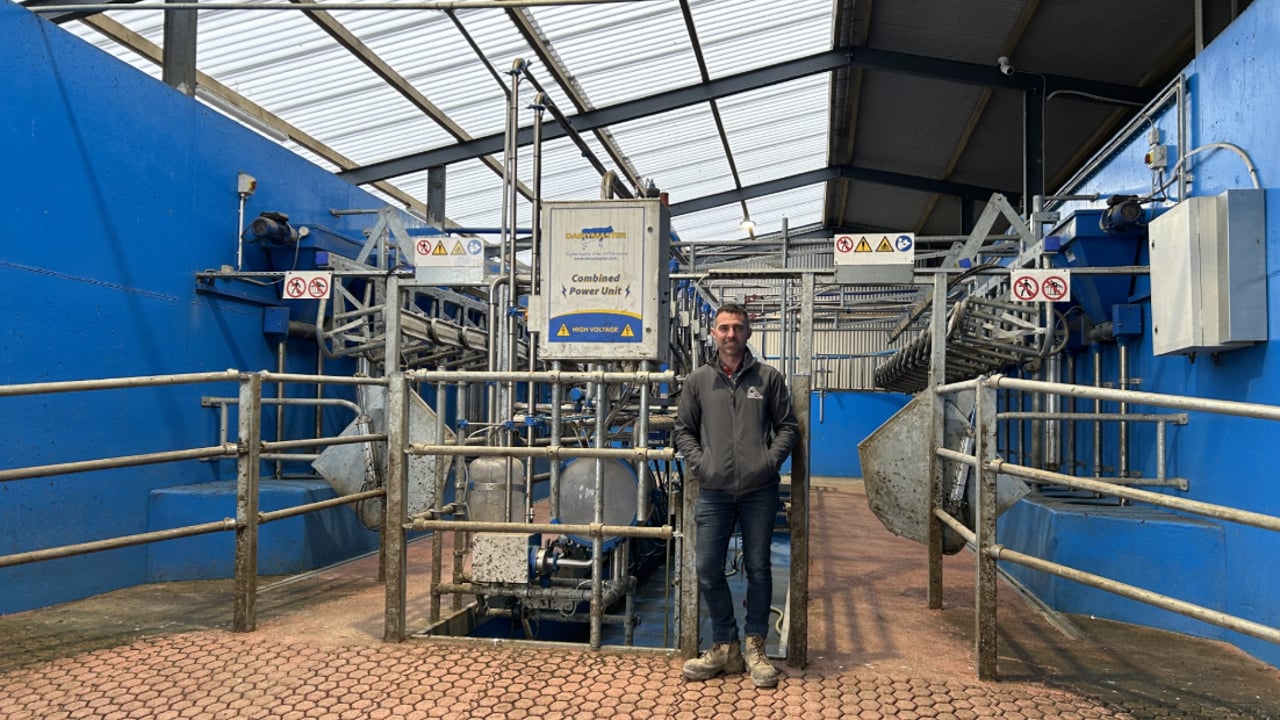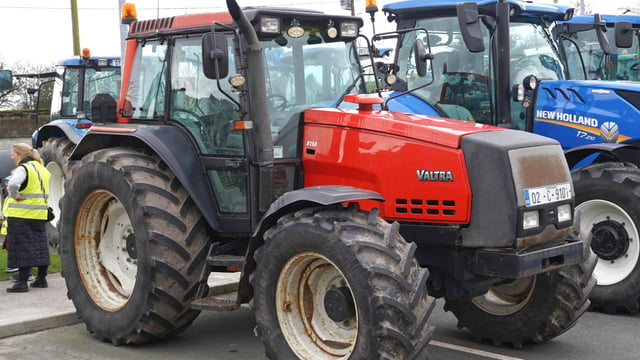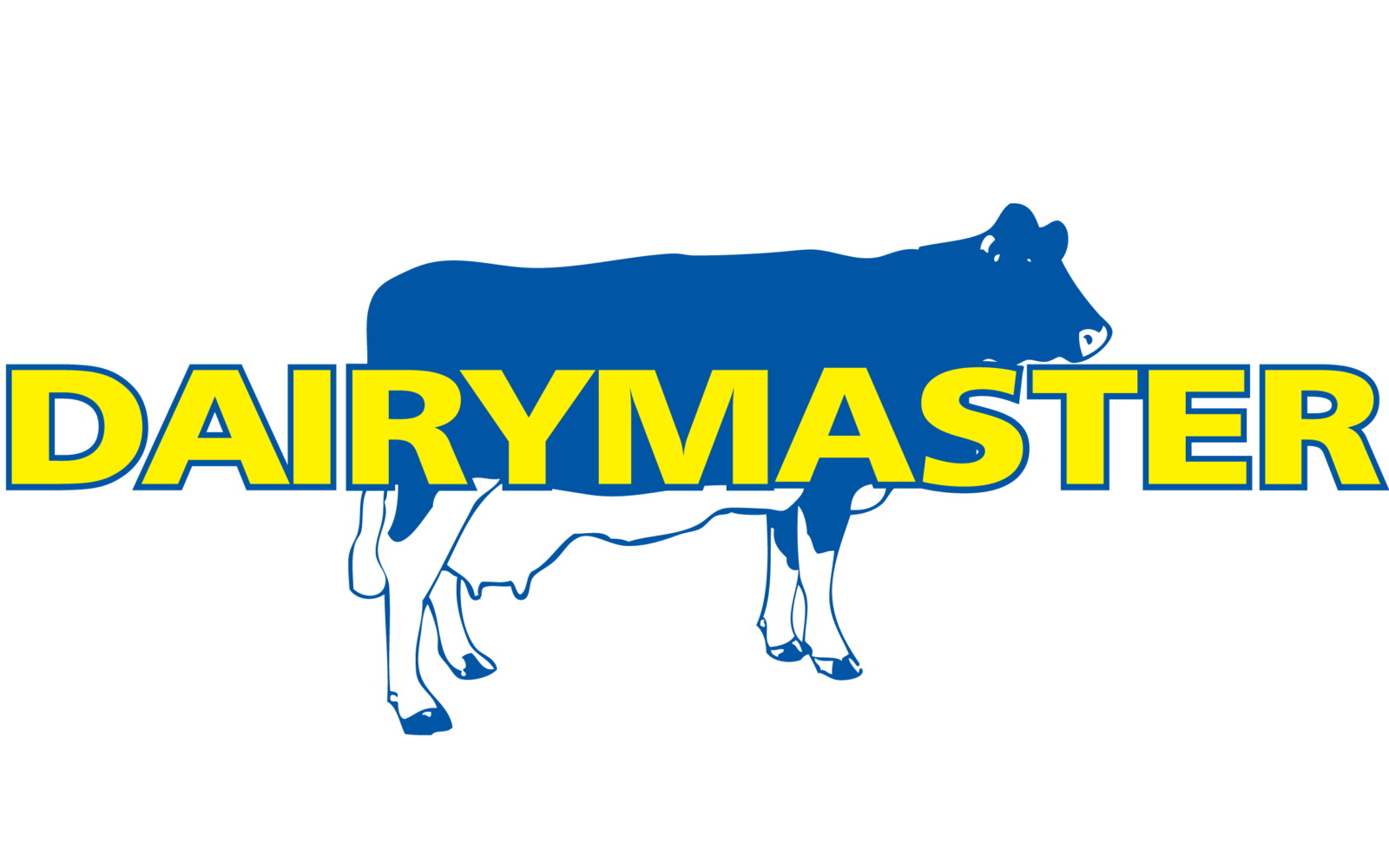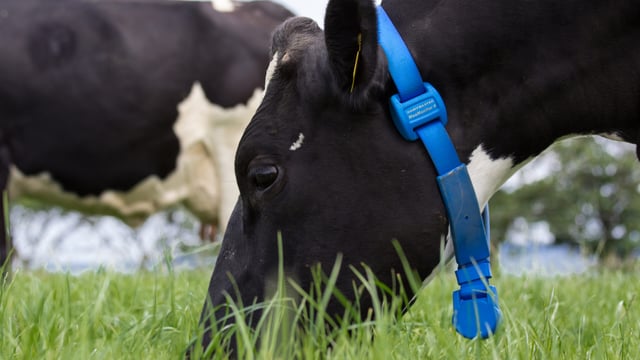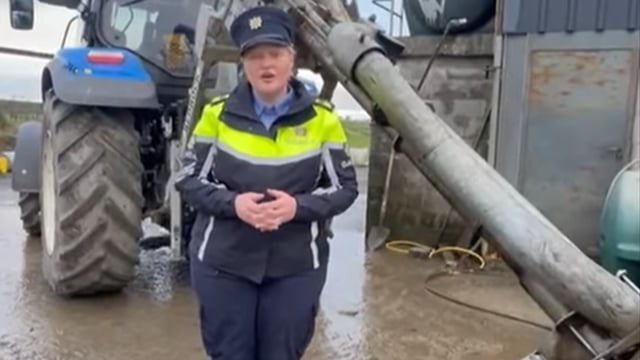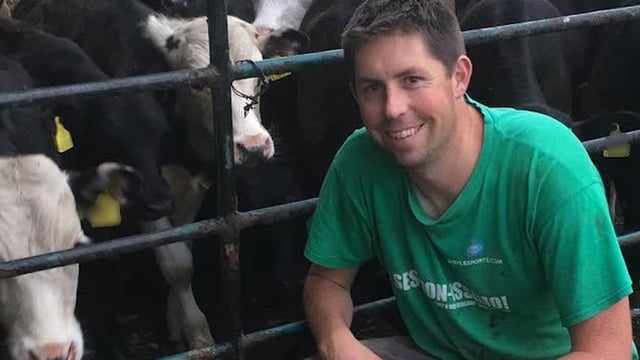Dairy Focus: Managing a construction company while milking cows
Dairy farmer Conor Mulcahy is this week's dairy focus as he has been milking at home for a number of years while managing his own construction business in Nenagh, Co. Tipperary.
Conor Mulcahy is milking 80 cows on a 100 acre milking platform in a farm partnership with his father Mike while managing his construction business, Conor Mulcahy Construction.
Mulcahy said that none of it is possible without the support of his wife, Jillian, and his four kids; David, Michael, Sean and Katie.
Mulcahy rents about 24ac of the land and owns an additional 55ac of out-blocks where they make silage and rear the surplus stock.
As well as milking the 80 cows and rearing 80 calves to yearlings all while managing his own construction company, Mulcahy also keeps on 120 breeding ewes.
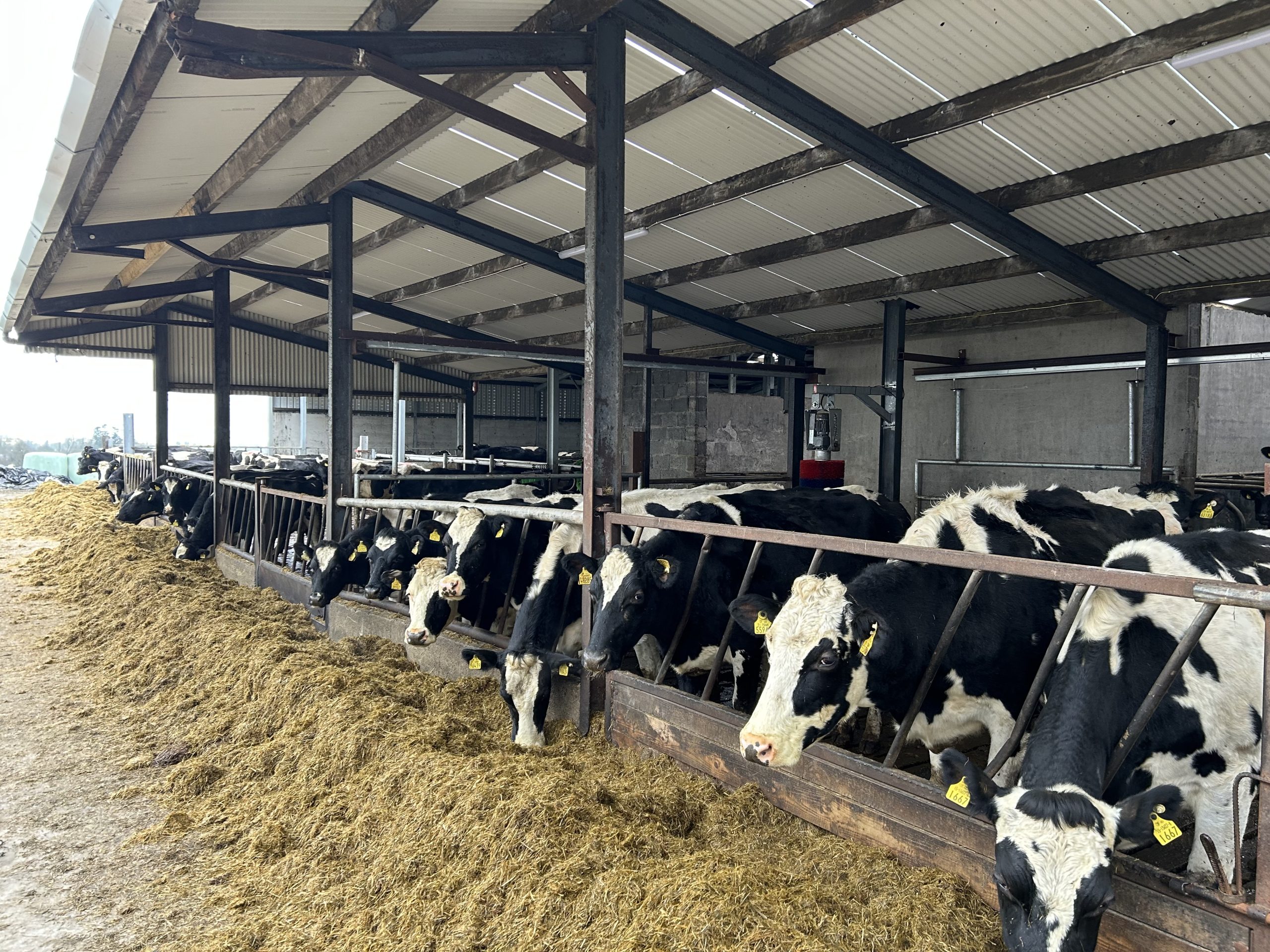
Mulcahy has been successfully working the construction business and farm with his father who is 73 years of age and between them have been reaping the rewards of recent investments on the farm to save time and labour.
Before coming home and going into a farm partnership, Mulcahy said "I knew the farm needed a ball of money and I wasn't going to go heavily borrowing."
Mulcahy served his time as a carpenter before becoming a foreman on a site for seven years and eventually started his own company and said that "everything I was making and everything my father was making was going back into the farm".

The farmer said that he wanted to set the farm up so that if anything ever happened to the building side of things that he could walk back to the farm "that has pretty much paid for itself and in a year or two, I should be able to do that".
In terms of the farm partnership, Mulcahy said "the best advice I can give, is to go and talk about it early and not to be waiting around and get things in line".
Dairy Focus
Mulcahy keeps all his cattle to about a year and a half and then sells them off, but said "I think it put labour under too much pressure and it's putting sheds under too much pressure".
He intends to keep on about 40-45 calves this year: "I just learned with the cows and with bringing on our replacements and finishing off cattle that less is more."
"So this year I'm thinking of maybe going back to what we had comfortable accommodation for which was 40-45 all along", Mulcahy added and mentioned that he doesn't have time to baby sitting calves with the construction company.
Milking starts on the farm just after 6:00a.m and Mulcahy aims to be gone out of the yard at 7:15a.m where he is needed on site.
Before the farm partnership started in 2017, the Mulchays were milking around 36-37 cows and Mulcahy told Agriland that the home block was crying out for a proper dairy unit.
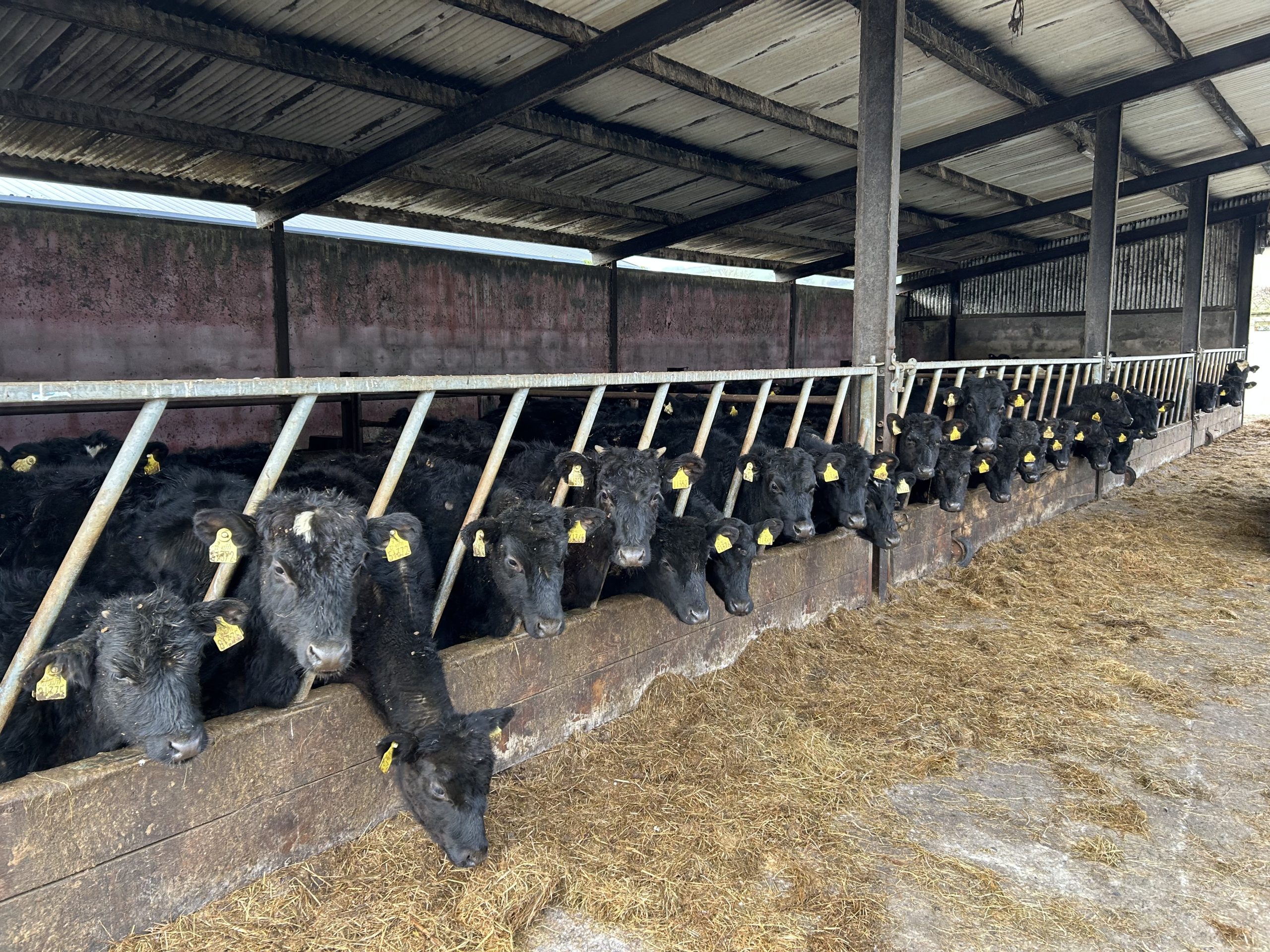
However, in 2018, the farm had a major set back as the herd went down with TB and ended up with 15 cows; it took the farm two years to be fully rid of the disease.
The farm is now comfortably milking 80 British Friesian type cows and Mulcahy said: "I don't intend to go much more."
Since 2017, Mulcahy said he has everything reseeded bar about 5ac in which contractors will come and spray it off and reseed the paddocks.
The farmer does all the feeding himself and also has a slurry tanker, a fertiliser spinner and a few tractors to carry out the fertiliser applications which he finds handy for following behind the cows.
New parlour
Mulcahy through his company and through different contractors, did most of the work when it came to building the new parlour, fitting new tanks and putting in an adjoining cubicle shed to the parlour.
"Dad drove for Arrabawn for years and I occasionally did a day or two for him and I actually picked up ideas from most farms I was on, they weren't necessarily expensive either," Mulcahy said.
He pointed out a manifold for instance, where each section of the farm can have its water shut off from the one area in the plant room.
The construction of the new parlour began in April 2023, and Mulcahy said that it suits his system great and "lends itself to early grazing in spring" which is key for his system.
The new 14-unit Dairymaster Swiftflo swing parlour is equipped with a diversion line, auto wash, and a variable speed milk pump, which pumps the milk gradually through the plate cooler, allowing for efficient cooling of your milk.

Mulcahy decided to put in the sequential baling system after observing a neighbour using it. He found that it saved him a lot of time getting the cows in and out of the parlour, which was a good fit for his operation.
"I had already a figure in my head on what I was going to spend so we decided to replace the sequential baling system and get in a second hand SwiftCool bulk tank," Mulcahy added.
He spoke about the efficiency of the parlour and said: "This parlour is geared towards me not being here the whole time and the baling just gives you savage control, especially of heifers, and it forces the cow to the very top."
Mulcahy decided to go with the commander box which will allow him to put in meal to yield down the line and will accommodate the drafter that he intends to put in.
The farmer put in the heat guard clear sheeting on the roof of the parlour which allows for great light in the parlour and gives great comfort in terms of coolness in the shed during the summer months.

Mulcahy has his cubicle shed, crush, and eventual drafting unit are all interlinking each other which feeds into his mindset of having everything as easy and simple as possible.
The farmer was originally thinking of putting in robots when he first set out on his project, but he eventually realised that he would be more time in the yard with alerts and cows not going into the robot.
"I was out at a few farms with robots and I found what they were saving in time with the robots they were spending trying to get cows milking that weren't cooperating", Mulcahy said.
It suited Mulcahy better to put in the herringbone parlour as he felt that once he had the cows milked, that was it, he can be free from the yard for the day to work with his construction company.
Breeding
The farmer aims to synchronise his heifers where he then gives them sexed semen straws as he said "our heifers and younger stock have the best genetics and we try to improve that every year".
Mulcahy said that he will also pick out about 15 cows to give sexed semen straws to and these will be selected through milk recording figures and economic breeding index (EBI) figures.
The herd would have been predominantly Holstein cows when Mulcahy was younger but he said that ever since he has been in partnership with his father, they have been bringing the size of the cow down as the British Friesian type cow suits their system.
"The reason being, there is a fair bit of minding in Holstein cows whereas [British Friesian] are hardy and get on with grazing that bit more," Mulcahy added.
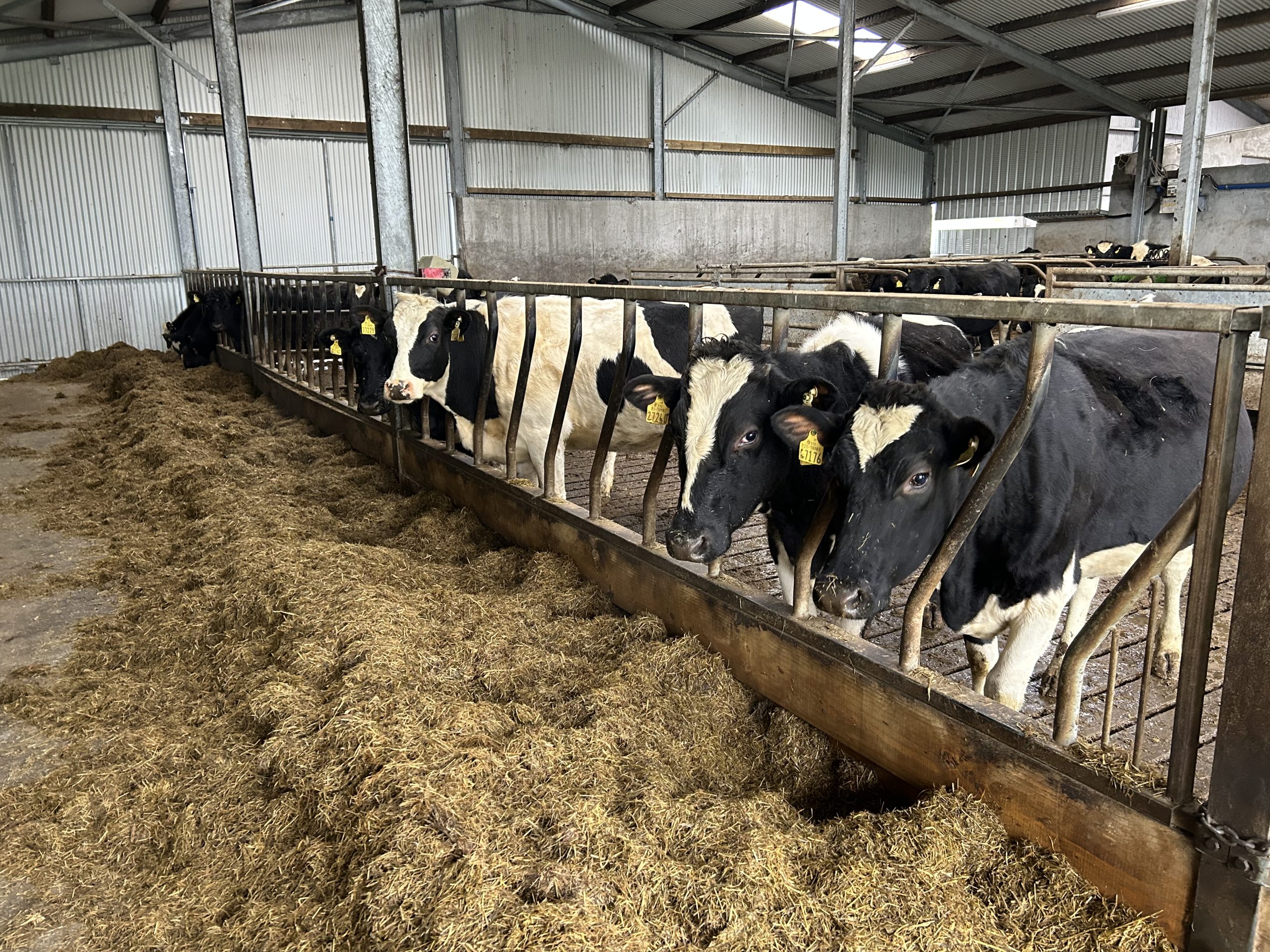
Mulcahy aims to have about 18-22% of a replacement rate on the farm each year as he admitted that he has "an obsession" with improving figures and EBI.
The cows are currently producing close to 6,000L/cow with an average fat percentage of 4.42% and a protein percentage of 3.77%.
In terms of somatic cell count (SCC), he averaged less than 120,000 cells/ml which is very respectable and his total bacteria count (TBC) was less less than 6,000 cells/ml.
The breeding season will start on May 1 and the heifers will be synchronised on the first day of breeding and Mulcahy will continue dairy sexed artificial insemination (AI) on his selected cows for the first three weeks and then Angus and Hereford bulls will follow.

